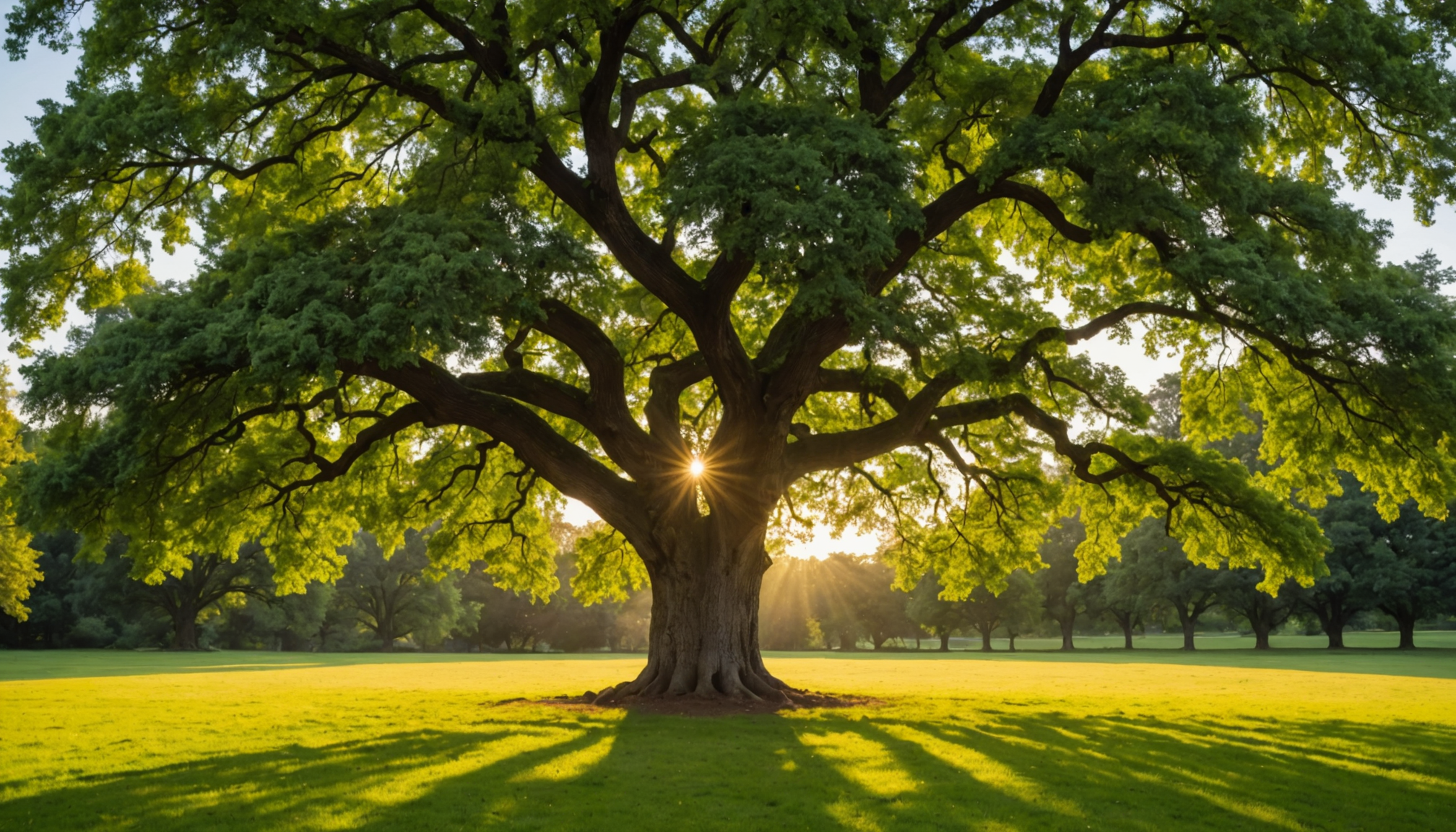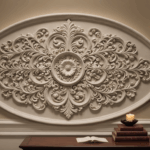Before embarking on the transformative journey to replace your current yard, it is vital to comprehensively assess the existing setup. This foundational step will ensure that your future investment in a new yard aligns harmoniously with your property’s structure and meets the practical needs of your household. A thorough assessment helps to identify potential challenges and opportunities, contributing to a well-informed decision-making process.
Start by evaluating the primary use of your yard. Consider how your family utilizes the outdoor space. Is it a play area for children, a garden for growing vegetables, or a leisure spot for gatherings? Understanding its current utilization can guide you in choosing features that enhance these functionalities. If security is a concern, noting any potential vulnerabilities in the existing layout, such as areas that might require enhanced fencing or more controlled access, will be crucial.
Another vital aspect to consider is the overall aesthetic and structure of your current yard. Take stock of the elements present, such as plant life, trees, hardscapes, and water features. Determine what aspects of your yard you wish to maintain and which you plan to replace. For instance, if you have mature trees that provide shade and habitat for wildlife, you might choose to preserve these elements while replacing less desirable features like outdated patios or poorly maintained turf.
Moreover, an assessment of soil quality and drainage is indispensable. Poor soil quality might not only affect plant growth but could also be costly to amend if you choose to introduce new types of greenery or hardscaping. It is also crucial to evaluate drainage conditions as improper water flow can lead to waterlogging or erosion, damaging the integrity of newly installed surfaces or plantings.
Space constraints and layout should also be considered. The current layout of your yard could impose limitations or offer opportunities. For example, areas with substantial slope might require terracing, while flat expanses could be ideal for installing new lawns or patios. Assess how much of the yard is accessible and how pathways or driveways might be reconfigured to improve flow or expand usable space.
Finally, budget and time are significant factors that can influence your planning. Determine what portion of your financial resources you are comfortable devoting to this project and what time frame is realistic for its completion. This financial assessment will aid in prioritizing yard improvements that offer the greatest impact or return on investment.
| Assessment Aspect | Considerations |
| Usage | Family activities, security concerns, entertainment |
| Aesthetics and Structure | Existing plants, hardscapes, desired features |
| Soil and Drainage | Soil quality, drainage efficiency, erosion issues |
| Space and Layout | Space utilization, accessibility, potential modifications |
| Budget and Timeline | Investment limits, project duration |
choosing the right alternatives
When you decide to replace your existing yard, selecting the right alternatives is crucial for ensuring both functionality and aesthetic appeal. A well-chosen replacement not only boosts the visual attraction of your outdoor space but also complements your lifestyle and fulfills the needs of your family. Here’s how you can systematically go about choosing these alternatives:
1. Define Your Goals:
– Begin with a clear understanding of what you wish to achieve. Do you want a low-maintenance yard, an eco-friendly garden, or a lively entertaining space? These goals will heavily influence your choices.
2. Explore Diverse Plant Options:
– Consider drought-resistant and native plants which require less water and care, aligning with eco-friendly practices.
– For families seeking vibrant aesthetics, flower beds with seasonal blooms can be an attractive choice.
– Incorporate a mixture of trees, shrubs, and ground cover to add depth and texture to your landscape.
3. Consider Hardscaping Elements:
– If your yard is frequently used as an entertainment venue, consider durable materials like stone or brick for patios, paths, and retaining walls.
– Incorporating features like outdoor kitchens, fire pits, or water fixtures can enhance the usability of the space for gatherings.
– Determine if your chosen materials will withstand local climate conditions over time, ensuring a lasting investment.
4. Opt for Synthetic Grass or Lawn Alternatives:
– For areas that call for the look of a traditional lawn without the maintenance burden, synthetic grass offers a compelling alternative.
– Investigate other lawn alternatives like ground covers—such as clover or moss—that bring a natural look while requiring less mowing and watering.
5. Integrate Functional Features:
– Raise garden beds or planters are great for growing herbs and vegetables, providing a sustainable food source for your family.
– If security is a feature of concern, think of installing adequate lighting along pathways and around entrance areas, possibly integrating smart home technology for increased safety.
6. Reflect on Personal Style and Home Architecture:
– The style of your home should harmonize with your yard’s design. Picture a cohesive transition from interior to exterior, enhancing the overall aesthetic.
– For modern-style homes, sharp geometrical designs with minimalistic plantings might be ideal, whereas rustic homes might benefit from a more naturalistic approach.
7. Sustainability and Environmental Impact:
– Make decisions that support sustainable practices. Utilize rainwater harvesting systems or choose permeable paving solutions to manage water runoff effectively.
– Implement composting sites in your yard for green waste, turning it into a helpful resource for your soil.
8. Consult a Professional:
– When in doubt, seek advice from landscape architects or garden designers who can offer insights and potentially save costs in the long term by avoiding costly mistakes.
– Professionals can also provide detailed plans that consider all aspects including lighting, irrigation, and plant health.
Selecting the right alternatives when replacing your yard not only involves thoughtful planning but a balance of creativity and practicality. By taking into account your personal preferences, environmental considerations, and family needs, you set the foundation for a beautiful and functional outdoor space that will be a wise investment for years to come.
understanding local climate and soil
Before taking on any significant changes to your yard, gaining an in-depth understanding of your local climate and soil conditions is essential. These two critical factors profoundly influence the success of your yard transformation and can affect everything from the choice of plants to the longevity of hardscape installations.
Local climate dictates which plants will thrive in your garden, how much watering will be necessary, and what types of hardscaping materials will withstand weather variations. Begin by researching your area’s average temperature ranges, precipitation patterns, and the frost dates. Regions with harsh winters might experience soil freeze and thaw cycles, which can affect the integrity of patios and pathways if they are not constructed with the proper materials. Conversely, areas with intense heat and minimal rainfall will require drought-resistant plant options and strategies for conserving water.
Another crucial component is understanding whether your region is prone to extreme weather events like heavy storms, droughts, or hurricanes, as these can significantly impact your yard’s layout and construction. It helps to consider planting windbreaks or designing drainage solutions that can manage excessive rainfall, ultimately protecting your investment in the long run.
Equally important is a comprehensive soil analysis that identifies soil type and nutrient content, as well as drainage capacity. Soil texture—whether sandy, clay, or loamy—affects water retention and root growth. Nutrient-rich soil supports robust plant health, while poor soil may require amendments such as compost or fertilizers to ensure that plants receive necessary nutrients. Use a soil test kit or consult local extension services to analyze soil pH and fertility. Adjusting these variables ensures that your newly selected plants will thrive, reducing the risk of failure and replanting costs, saving money, and enhancing your yard’s overall sustainability.
If your yard has poor drainage, consider installing French drains or rain gardens to manage runoff efficiently. This approach not only addresses potential erosion issues but also aids in conserving resources. Efficient drainage is particularly crucial for preventing waterlogging that can damage foundations and outdoor structures over time.
Finally, consider how different areas of your yard might support varied climates or soil types. For example, shaded areas under trees may have cooler microclimates and different moisture levels compared to open, sun-drenched patches. Understanding these nuances will help when designing distinct zones that cater to each area’s unique conditions, leading to a more harmonious and durable yard setup.
By thoroughly understanding your local climate and soil properties, you’re better prepared to choose suitable plants, maintain structural elements effectively, and ultimately develop a yard that stands resilient against natural elements. This considered approach not only builds a functional outdoor space for your family but also safeguards your long-term investment, ensuring a lasting and satisfying replacement for your existing yard.
installation and maintenance tips
Embarking on the task of transforming your yard can be an exciting endeavor, but one that requires careful attention to detail throughout the installation process and subsequent maintenance. These steps are crucial to ensure your investment results in a resilient and aesthetically pleasing space that enhances your family’s outdoor experience.
Start by meticulously planning the implementation of your chosen design. Proper scheduling of installation activities can minimize disruptions and optimize the process’s efficiency. Organizing the installation phases based on weather conditions is advisable, as this can affect both material selection and workforce availability. For instance, hardscaping such as patios and paths should ideally be installed during dry periods to prevent any complications with setting foundations. Meanwhile, planting might be better suited to cooler months to reduce transplant shock for your plants.
When it comes to installing hardscape elements, precision is key. Ensure that patios and pathways are laid with a slight grade for proper drainage, which will prevent pooling and potential damage. Utilize quality materials that align with your local environment to increase longevity and minimize long-term maintenance costs. For instance, selecting permeable pavers helps manage water runoff efficiently and supports environmental sustainability.
For plantings, preparation is essential. Begin by amending the soil as necessary to improve its fertility and drainage, based on the conditions identified in your prior assessments. When arranging plants, consider their mature sizes and space accordingly to ensure they thrive without overcrowding—a critical aspect of reducing the need for future replacements and maintenance. Moreover, integrating a drip irrigation system can be a wise decision, as it provides targeted watering, ensuring each plant receives adequate moisture without wastage, thus cutting down on water use and maintenance efforts.
To keep your yard looking its best, embrace a proactive maintenance routine. Regularly check the condition of hardscape features for any signs of wear or damage, particularly after severe weather events. Cleaning and sealing surfaces such as stone or concrete will protect them from environmental stressors, minimizing maintenance in the long run. Meanwhile, for your plantings, set a schedule that includes seasonal tasks such as pruning, mulching, and fertilizing, which are vital for sustained plant health and growth.
Furthermore, security and safety should not be overlooked during both installation and maintenance. Ensure all lighting is correctly installed to illuminate paths and key areas efficiently, enhancing security for your family, especially during evening hours. Regularly inspect lighting systems to ensure they remain functional, replacing any faulty components promptly.
By approaching installation with a strategic mindset and committing to consistent maintenance practices, your yard will not only serve as a beautiful addition to your home but also stand as a testament to a wise and sustainable investment. The time and resources directed toward this endeavor will yield considerable rewards, transforming your outdoor environment into a welcoming sanctuary for family gatherings and personal relaxation.
long-term benefits and considerations
As you embrace the opportunity to replace your yard with a new setup, understanding the lasting benefits and potential considerations is essential for making the most of your investment. One of the primary advantages of revamping your outdoor space is the enhancement of your home’s aesthetic appeal. A thoughtfully designed yard can significantly elevate your property’s curb appeal, making it more attractive to visitors and potential buyers, should you decide to sell in the future.
Furthermore, the functional enhancement that comes with replacing your yard can greatly enrich your family’s quality of life. By optimizing space for leisure, gardening, or play areas, you provide your family with an environment that caters to a variety of activities. Whether it’s creating a safe play space for children or a serene garden retreat, a well-designed yard becomes a versatile extension of your home, offering opportunities for relaxation and enjoyment.
Environmental benefits are also noteworthy. Opting for native, drought-resistant plants not only supports local biodiversity but also reduces your yard’s water consumption. Implementing sustainable practices such as rainwater harvesting or composting can further augment the ecological impact of your yard. By contributing positively to the environment, you also set an example of sustainable living practices for your community.
When investing in upgrades, it’s crucial to consider long-term maintenance. While initial costs might seem daunting, a carefully thought-out plan helps to minimize ongoing expenses. By selecting durable materials for hardscaping or installing an efficient irrigation system, you can significantly decrease operational costs over time, translating to financial savings.
However, it’s essential to account for certain considerations beyond aesthetics and functionality. Potential changes in climate patterns, local regulations, and community covenants might influence your yard’s design and use. Prepare for these eventualities by staying informed about local codes and engaging professionals who can foresee and mitigate such issues, ensuring your yard remains compliant and valuable.
Moreover, integrating security features in your yard design is vital for safeguarding your property and family. Effective lighting, robust fencing, and strategic planting can deter intruders and add a layer of privacy and safety. As the seasons change, keeping these security features well-maintained remains a priority to preserve the security benefits they offer.
In conclusion, replacing your yard goes beyond superficial changes; it’s about making a smart, sustainable investment that enhances your home’s value, supports your family’s lifestyle, and contributes positively to the environment. By considering long-term benefits and being aware of potential challenges, you can create a timeless outdoor space that provides pleasure and utility for years to come.


